Rittal Control devices, buttons

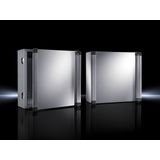
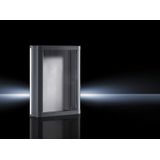
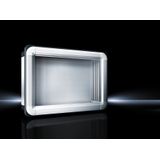
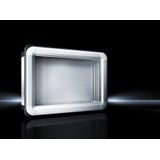
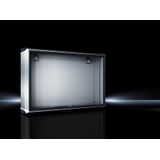
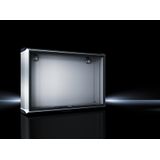


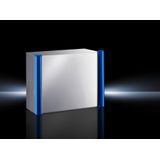
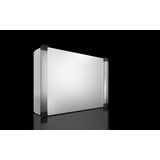
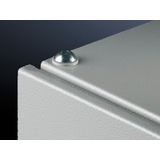
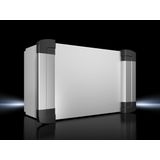
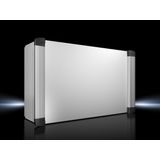


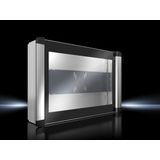
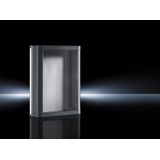

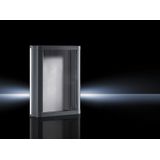
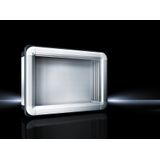
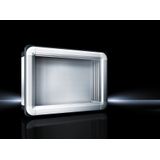
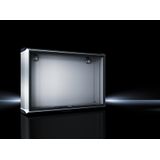
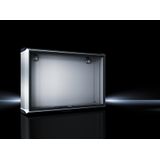


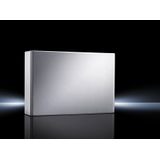
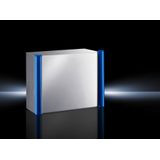


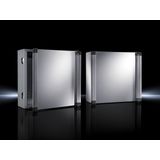

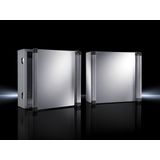
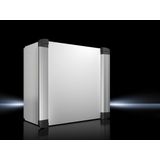

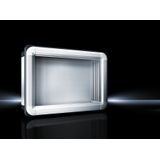
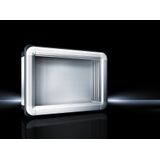

rittal control devices buttons for machines and panels
Plant teams use Rittal operator hardware when they need consistent feel, quick mounting, and clear status on busy lines. The family covers 22 mm/30 mm actuators with modular contact blocks, illuminated heads, and accessories that keep panels serviceable and compliant in production, utilities, and building automation.
Product range and series overview – rittal push buttons
Momentary and maintained actuators. Flush/extended heads, metal or polymer bezels, illuminated versions with 24 V LED modules, and color set per IEC legend conventions. Typical contact block options: 1–3 × NO/NC in stackable form.
Emergency stops & guards. Mushroom heads with twist‑to‑release or key‑release; collar/guard options for accidental‑actuation protection; positive‑opening NC per ISO/IEC safety context.
Selector mechanisms. Two‑ and three‑position detents, spring return on one side for jog; key‑operated variants for mode control and maintenance lockouts.
Indicators and buzzers. LED pilot lights and panel buzzers share the same 22/30 mm mechanical family, keeping spares lean. This is where rittal signaling devices slot in for local status.
Legend plates, lock rings, and contact block adapters complete the ecosystem so crews can reconfigure stations without cutting new holes.
Technical specifications and standards – rittal selector switches
- Mechanical sizes: Ø22 mm and Ø30 mm cut‑outs, anti‑rotation notch compatible.
- Ingress/impact: frontal IP65–IP67 with gaskets and protective collars; impact up to IK08 depending on head material.
- Electrical ratings: contact blocks commonly AC‑15: 3–6 A @ 230 V, DC‑13: 1–2 A @ 24 V (check per model). LED modules accept 24 V AC/DC wide range on many SKUs.
- Terminations: screw or spring‑clamp terminals for 0.5–2.5 mm²; finger‑safe shrouds for public‑access panels.
- Life & feel: mechanical life into >1×10⁶ cycles (buttons) and >0.3×10⁶ (selectors); illumination modules rated for long duty.
- Standards: design and testing aligned with IEC/EN 60947‑5‑1 (control circuit devices) and EN 60947‑5‑5 for E‑stop functions; EMC to EN 61000 family where electronics are present.
- Materials: anodized alloy or reinforced polymer bezels; PC lenses for indicators; seals in EPDM/silicone.
Mounting collars clamp from the front; contact blocks snap from the rear, so swap‑outs don’t disturb labeling.
Applications and compatibility – rittal operator controls
- Production cells and conveyors: start/stop/jog stations with pilot lights and sounders for local feedback; color/legend consistency reduces training time.
- Utilities & HVAC: mode selectors (Auto/Man/Off), pump reset, and alarm acknowledge on compact doors with IP65 faces.
- Building & retail plant rooms: compact 22 mm hardware fits narrow doors; illuminated heads aid walk‑by inspection.
Mixing 22 mm and 30 mm is common—adapters keep hole patterns uniform. Where wash‑down is routine, specify higher IP and stainless/metal bezels.
Integration with enclosure platforms – rittal control panel components
Tie actuator contacts to TS35 terminal rows; interpose relays ahead of PLC digital inputs to protect cards and simplify field replacement. Use the same legend plate and marker pitch as your terminal system so documentation stays consistent. For illuminated heads, power LED modules from the 24 V control rail and fuse them in the marshalling section.
If the panel also carries stack lights, keep color semantics aligned across the door station and tower segments.
Selection criteria for B2B clients – rittal industrial control buttons
- Function & action — momentary vs maintained; detent map for selectors; E‑stop release style (twist/key) per site policy.
- Face environment — target IP65–IP67 on doors exposed to cleaning; add guards where accidental bumping is likely.
- Electrical — check AC‑15/DC‑13 ratings against coil/drive loads; favor spring‑clamp blocks for vibration.
- Visibility — LED module color and brightness for daylight vs plant floor; choose clear vs opal lenses based on glare.
- Serviceability — modular contact stacks, quick release rings, and unified head types reduce MTTR and spares.
Standardizing one button family, one selector style, and one indicator module across sites keeps training and inventory simple.
Advantages of working with Bankoflamps
We align commercial terms with your BOM (individual B2B pricing and formal offers), assign a dedicated account manager, and expose live EU‑wide stock. Quotes typically land in about an hour. Orders go in by EAN/MPN to avoid catalog ambiguity, and price lists remain downloadable and current. You’ll get lead‑time and order‑status tracking plus purchase‑history analytics to consolidate SKUs. Trusted clients receive up to 30 days post‑payment. We also plan consolidated shipments to reduce freight costs, hold prices with validity dates, and support teams in **France, the Baltics, Germany, Spain, Italy, Belgium, and the Netherlan